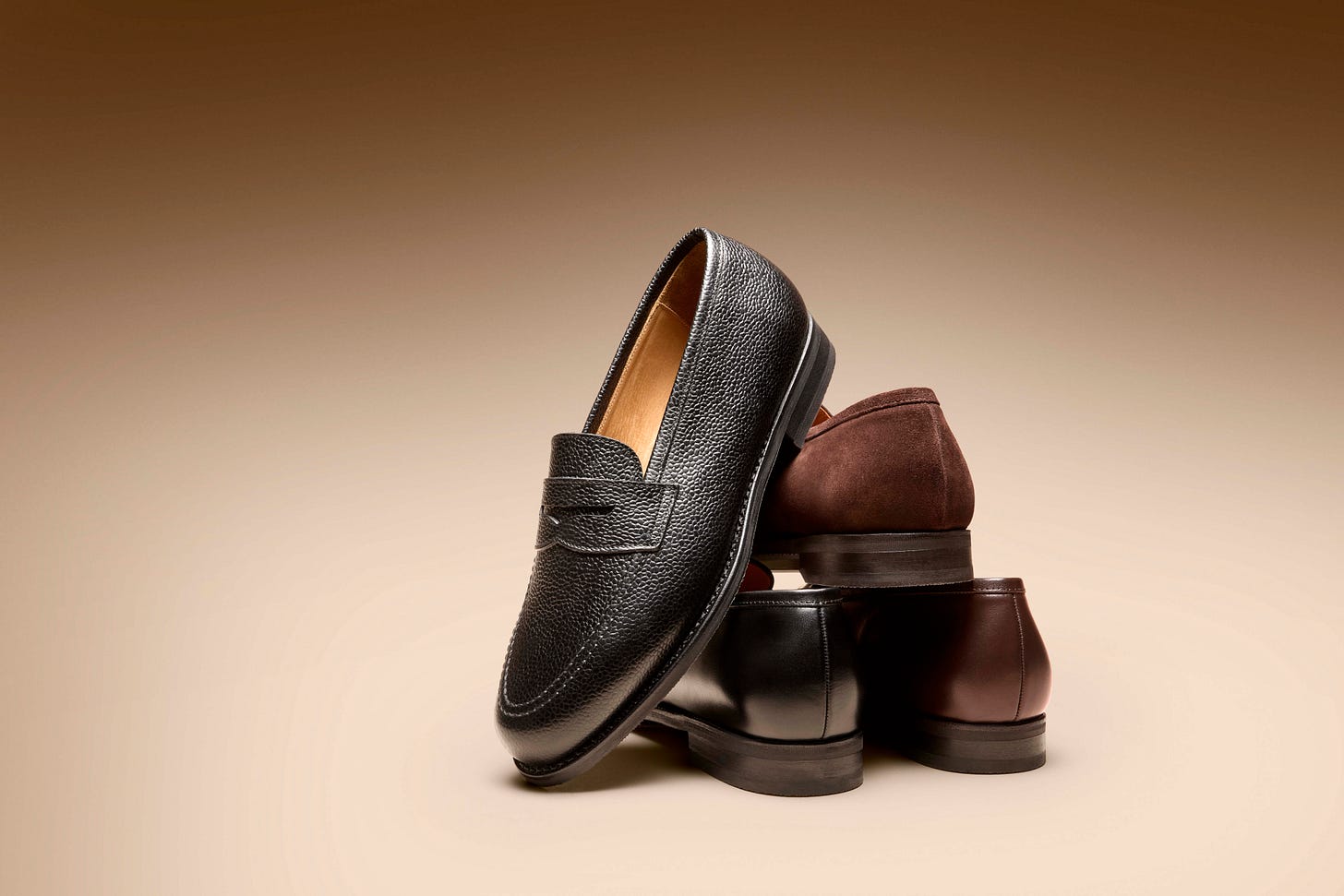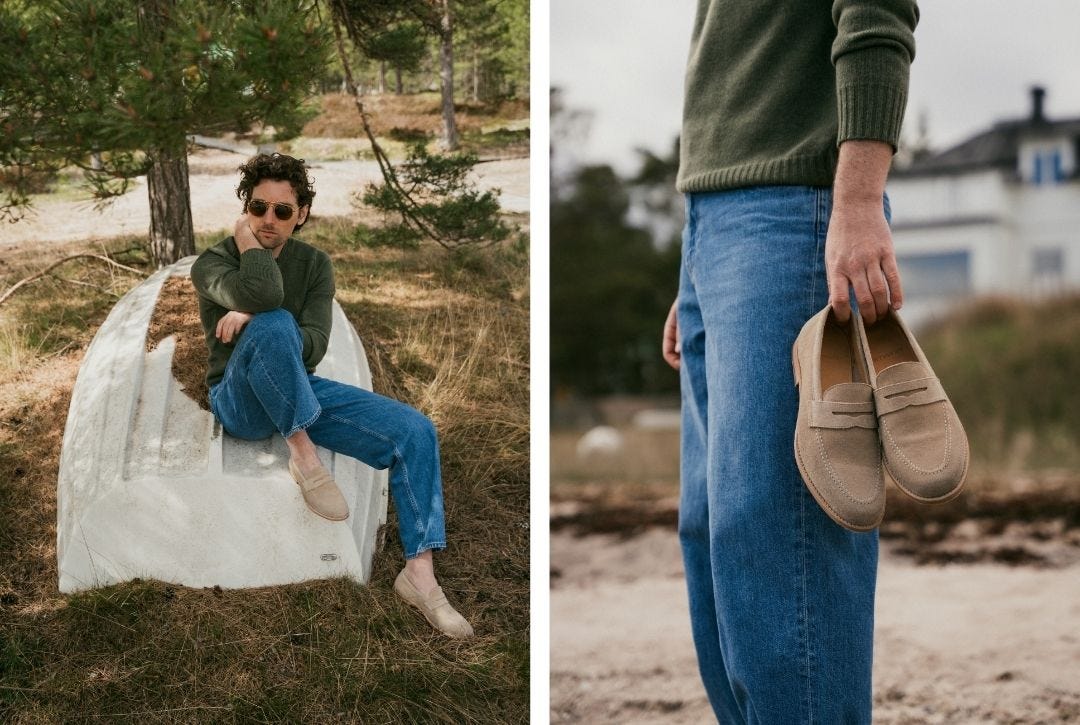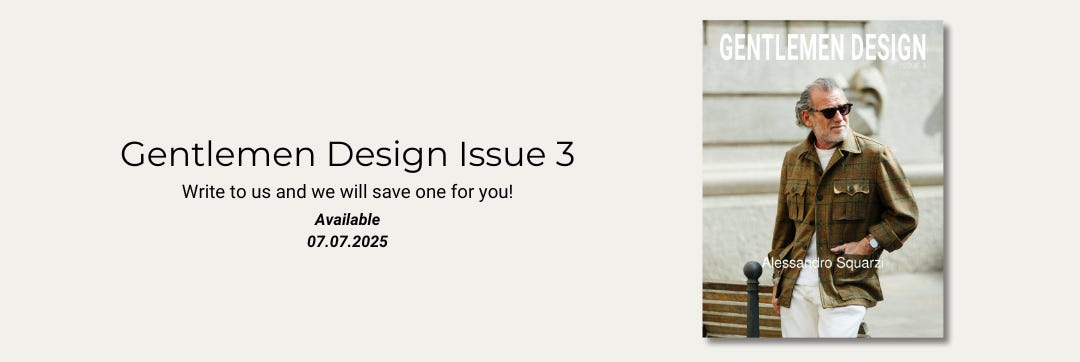The penny of style: the forgotten story behind the penny loafer
MYRQVIST model stenhammar II
In the history of menswear, certain garments emerge from necessity, evolve over time, and eventually come to embody an entire attitude. The penny loafer is one such case. A laceless shoe with a clean, unassuming design that crossed the threshold from functional to iconic—thanks to a small slit on the vamp and a humble one-cent coin.
In the 1930s, American shoemaker G.H. Bass introduced the “Weejun”, a relaxed reinterpretation of the traditional Norwegian leisure loafer. Its straightforward construction quickly gained popularity among Ivy League students, who saw in it the perfect companion to chinos, Oxford shirts, and sports jackets. It was simple, comfortable, and effortlessly elegant. But what gave the shoe its lasting name wasn’t its silhouette—it was a small, almost accidental gesture.
A slit, two cents and an urgent call
In a time when phone booths dotted university campuses, students needed to carry coins for local calls. The cost? Two cents. Instead of losing change in their pockets, they started slipping one penny into each shoe’s strap slit. This small trick quickly caught on and gave birth to the nickname that would eclipse the original: the penny loafer.
What began as a purely functional habit turned into a subtle badge of style. As phone booths disappeared, the coin remained—first as a tradition, then as a visual signature. Some brands began crafting loafers with decorative pennies built in, turning utility into emblem, and nostalgia into detail.
MYRQVIST model lysekil II
From Ivy League to international jet set
It didn’t take long for the penny loafer to outgrow its collegiate roots. Style icons like Paul Newman, Gianni Agnelli and JFK embraced the model as part of their everyday wardrobe, giving it a touch of worldly nonchalance. It was no longer just a practical shoe—it was a statement.
Its ability to move between contexts—from unstructured suits to denim and tailored separates—secured its place as one of the most versatile pieces in classic menswear. And while other versions, like the tassel loafer or the horsebit loafer, gained their own followings, the penny loafer has remained a timeless choice for those who value quiet sophistication.
The detail as a silent language
Today, many men wear loafers with that same slit on the vamp without knowing why it's there. But, as with the best style elements, its power lies in meaning. Menswear is a language of small gestures—a cuff, a roll, a patina. The penny loafer, with its story embedded in the leather, reminds us that function and elegance are not opposites, but partners.
Even now, in an age of digital payments and empty pockets, that little slot remains. And though no one expects you to carry coins in your shoes, there’s something enduring about a design detail that tells a story.
MYRQVIST store
Some contemporary brands have kept this spirit alive, honouring tradition without losing sight of craftsmanship. Swedish label Myrqvist, for example, has become known for offering exceptional quality footwear at a fair price point, with designs that respect classic codes while remaining relevant. Their interpretation of the penny loafer combines clean Scandinavian aesthetics with time-honoured shoemaking techniques, proving that legacy and modernity can walk hand in hand.







